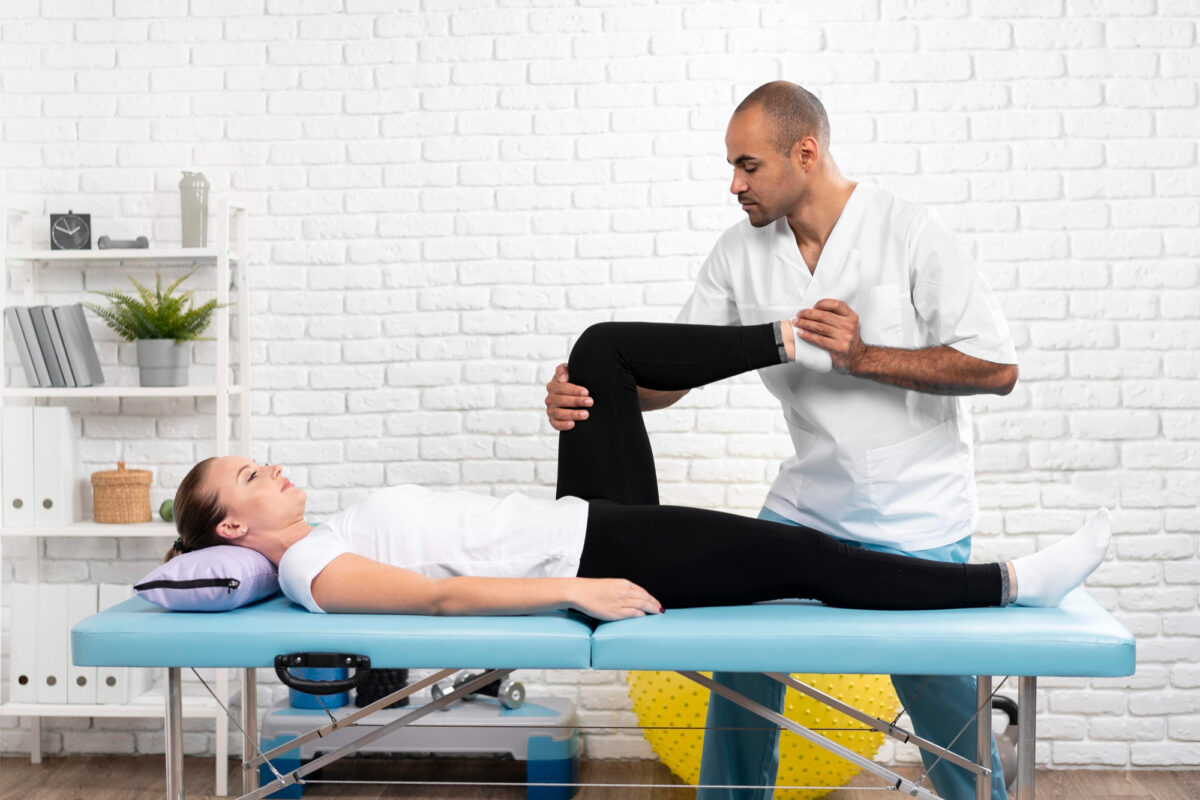Pediatric physiotherapy is a specialized field within the realm of physical therapy, focusing on the unique needs of infants, children, and adolescents. This branch of physiotherapy is dedicated to the diagnosis, treatment, and management of a wide range of conditions affecting the musculoskeletal, neuromuscular, and developmental aspects of a young patient’s growth. In this blog, we’ll explore the significance, techniques, and benefits of pediatric physiotherapy.
Understanding Pediatric Physiotherapy
Pediatric physiotherapy is not merely a scaled-down version of adult physiotherapy. Children are not mini-adults; they have specific developmental needs and different ways of communicating. Pediatric physiotherapists are skilled in assessing and treating a variety of conditions that affect children from birth through adolescence. These can range from developmental delays and cerebral palsy to sports injuries and post-surgical rehabilitation.
The Role of a Pediatric Physiotherapist
A pediatric physiotherapist’s role is multifaceted. They work closely with children and their families to create individualized treatment plans that cater to the child’s needs. This may include exercises to improve strength, flexibility, and balance, as well as activities to enhance motor skills, coordination, and endurance. Pediatric physiotherapists also educate families about their child’s condition and how to support their development and well-being at home.
Techniques Used in Pediatric Physiotherapy
Pediatric physiotherapy employs a variety of techniques tailored to the child’s age, developmental level, and specific condition. Some common methods include:
- Developmental Activities: These activities are designed to help children reach developmental milestones such as sitting, crawling, and walking.
- Neuromuscular Training: This aims to improve coordination, balance, and function in children with neuromuscular disorders.
- Strength and Flexibility Exercises: These exercises are crucial in rehabilitation from injuries and in managing certain chronic conditions.
- Play Therapy: Play is a child’s natural way of learning and interacting with the world, making it an effective tool for therapeutic intervention.
- Aquatic Therapy: Water provides a unique, low-impact environment for therapy, helping in muscle strengthening and movement.
Benefits of Pediatric Physiotherapy
Pediatric physiotherapy offers numerous benefits, including:
- Improved Mobility and Function: Children with physical limitations can achieve greater mobility and independence.
- Enhanced Development: Early intervention can significantly impact a child’s developmental trajectory, especially in cases of developmental delays.
- Injury Prevention and Recovery: Physiotherapy plays a crucial role in both preventing and rehabilitating sports and activity-related injuries.
- Support for Chronic Conditions: Ongoing physiotherapy can help manage symptoms and improve quality of life for children with chronic conditions.
Choosing a Pediatric Physiotherapist
When seeking a pediatric physiotherapist, it’s important to find someone who is not only qualified but also experienced in working with children. Look for a therapist who communicates well with children and shows patience and empathy. A good pediatric physiotherapist will make therapy sessions fun and engaging, helping children to participate actively in their recovery and development.
Pediatric physiotherapy is a vital field that plays a significant role in the health and development of children. Through specialized techniques and compassionate care, pediatric physiotherapists help young patients overcome challenges and reach their full potential. Whether it’s aiding recovery from an injury or managing a chronic condition, pediatric physiotherapy offers a pathway to improved health and well-being for children and their families.





